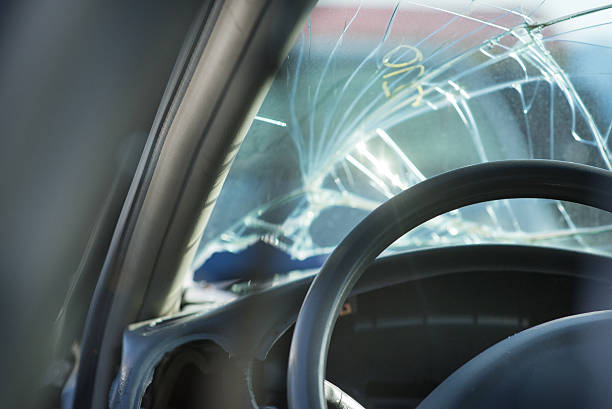Can Automotive Window Tinting Reduce Heat Inside the Car?
Many drivers seek refuge from the intense heat inside their automobiles when temperatures climb during the sweltering summer months. Although air conditioning might offer some relief from the fierce heat, it frequently cannot keep up with it, which leads to uncomfortable driving conditions and higher fuel usage. This article explores whether window tinting for cars can lower interior heat. In an authoritative and educational writing style, we examine the science of window tinting and how well it works to prevent heat buildup in cars.
Daftar Isi
Recognizing Solar Heat Gain
Understanding the idea of solar heat gain is crucial before discussing how effective car window tinting is. The term “solar heat gain” describes the rise in temperature within a car due to solar radiation entering via the windows. The dashboard, seats, and floorboards all absorb solar radiation when they enter an automobile, heating them. This procedure produces a greenhouse effect, which traps heat inside the car and raises the uncomfortable interior temperature.
The Function of Tinting Windows:
By minimizing the quantity of solar radiation that enters the car through the windows, automotive window tinting helps to reduce solar heat gain. Infrared (IR) and ultraviolet (UV) radiation-blocking and reflecting layers of polyester are commonly used in the production of tint films. Through the application of window tint film, drivers can effectively decrease the quantity of heat that enters the vehicle, leading to increased comfort and a reduced need for air conditioning.
Various Tint Film Types:
There are numerous varieties of tint films on the market with differing levels of heat reduction and optical clarity. The most popular include ceramic, metalized, colored, and carbon films. Metalized films have metal particles that reflect heat and filter UV rays, whereas dyed films have a layer of dye that absorbs solar radiation. Carbon particles in carbon films absorb infrared light, which provides superior heat rejection without interfering with electrical impulses. The best alternative, ceramic films, are made of ceramic nanoparticles that provide excellent heat rejection and clarity without sacrificing visibility.
Advantages of Heat Reduction:
The capacity of automotive window tinting to lessen heat penetration into the car improves driver and passenger comfort, which is its main advantage. Tinted windows assist in maintaining a cooler interior temperature by reflecting or absorbing solar radiation, which lowers the need for excessive air conditioning and increases fuel efficiency. This is especially helpful in warm climates where prolonged sun exposure can cause pain and overheating during long car rides.
UV Defense:
Car window tinting offers protection from damaging UV radiation and lowering heat. In addition to contributing to the accumulation of heat within the car, UV radiation can harm interior surfaces and the skin over time. UV-blocking tint coatings not only prolong the life of the car’s interior but also protect its occupants from UV radiation, lowering their risk of sunburn and skin cancer.
Points to Remember for Ideal Performance:
Although car window tinting has a lot to offer regarding heat reduction, a few things can make it less effective. These include the kind and caliber of tint film, the installer’s expertise, and the degree of blackness (visible light transmission). Regarding lowering heat, premium tint films with superior heat-rejection capabilities—like ceramic films—work better than less expensive ones. Correct installation is also necessary to guarantee the longest possible lifespan and optimal performance from the tinting. You should entrust the tinting process to skilled experts who use industry-standard tools and procedures for the best results.
Legal Aspects to Take into Account:
It’s crucial to know the local laws on tinted windows before starting with automobile window tinting. There are laws in place in several states and nations that specify the amount of darkness that can be tinted on car windows. There are also restrictions on tinting certain windows, like the windshield and front side windows. Learning about and abiding by the laws that apply to your locality is crucial because breaking them might lead to fines or legal repercussions.
In summary:
By reflecting or deflecting solar radiation, automotive window tinting can efficiently reduce heat inside the vehicle, increasing comfort and lowering the need for air conditioning. Drivers can benefit greatly from reduced heat, improved privacy, and UV protection by choosing premium tint films and installing them correctly. To prevent potential fines, it’s crucial to consider legal requirements and select tinting choices that adhere to local legislation. Even in the warmest heat, drivers can have a cooler and more comfortable drive with the correct tinting solution.



Fabulous, well executed
wow, amazing